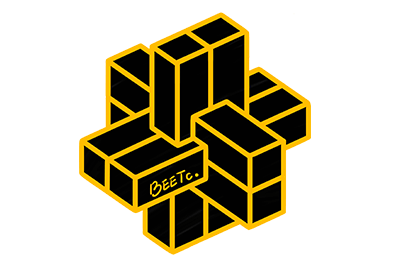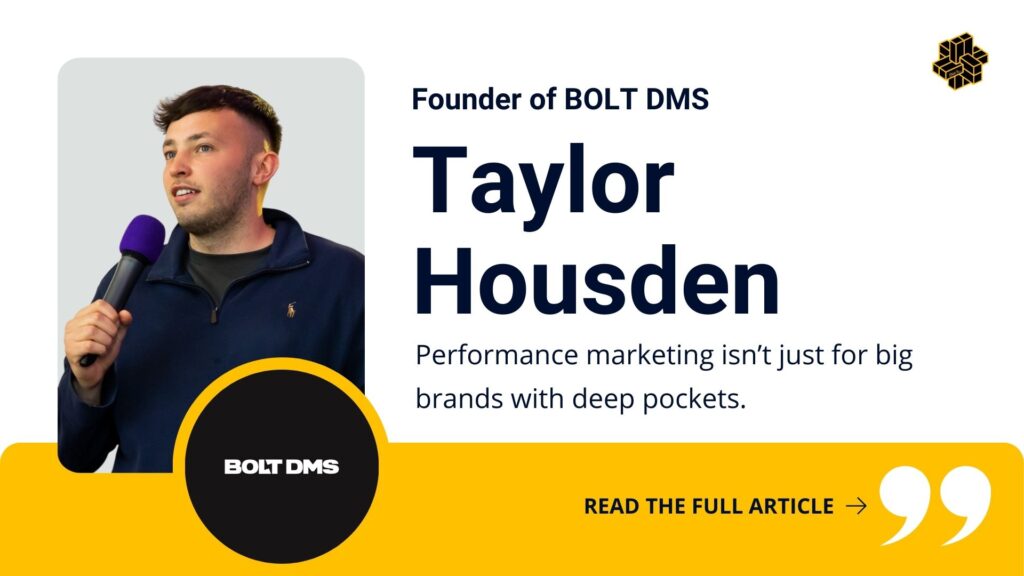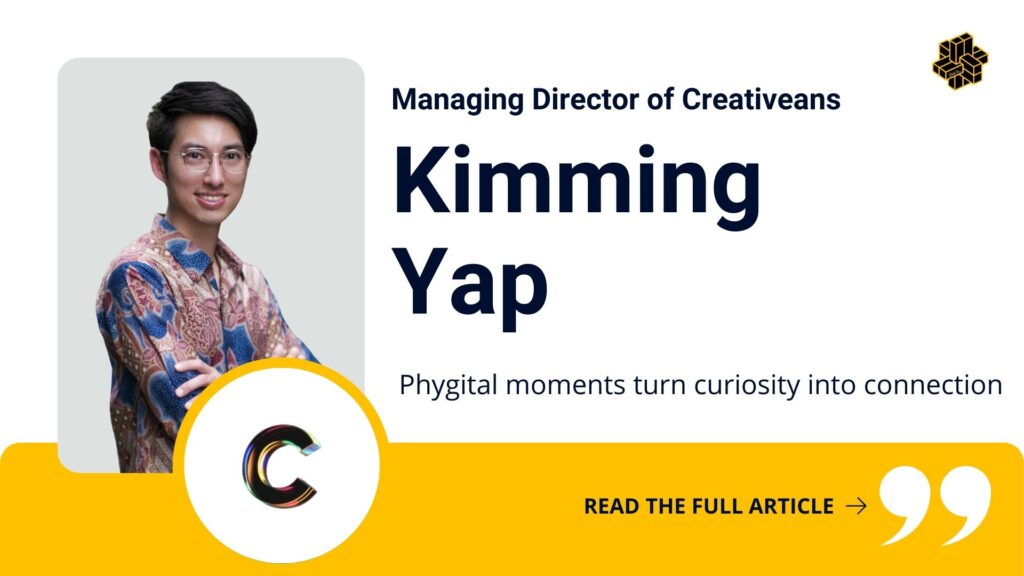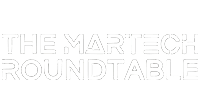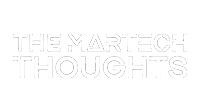Charting MarTech From Practicality to Real Impact
Held on 8 July 2025 at The Ritz-Carlton, The MarTech Summit Hong Kong brought together over 300 senior marketing professionals. Featuring 30+ expert speakers and 14 leading MarTech vendors, the event offered valuable insights into the latest industry trends and innovations. It also provided a dynamic platform for networking, knowledge sharing, and fostering strategic connections.
Now, welcome to our summit’s aftermath – Join us as we unravel the mysteries and shed light on the lingering questions posed to the brilliant speakers who captivated us during the summit!
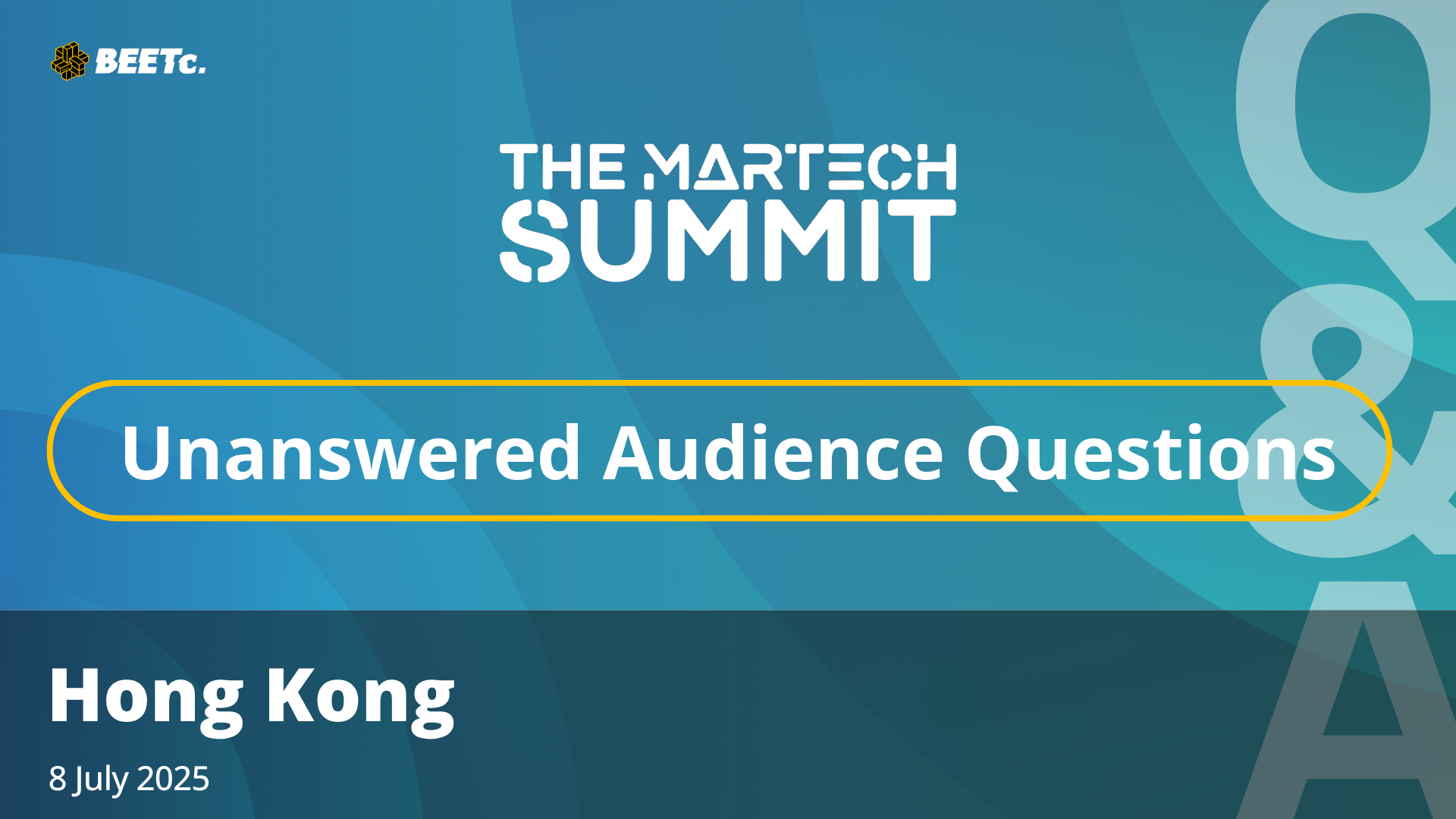
Experience the summit in motion with BEETc On-Screen – our on-demand learning platform offering exclusive access to past MarTech Summit sessions, insightful webinars, and more. Use code PSR1MON to register now and enjoy 1 month of free access. Catch up, revisit, and discover fresh perspectives at your own pace.
Access Now: https://beetc.io/subscription-plan/
Unanswered Q&A from The MarTech Summit Hong Kong
- Fireside Chat | [Incrementality] Unlocking the Impact of Your Marketing Efforts
- Panel Discussion | [Lead Generation] Revolutionising Customer Acquisition and Conversion
- Panel Discussion | [GenAI in Content Creation] Transforming Marketing Through AI-Powered Creativity
Fireside Chat | [Incrementality] Unlocking the Impact of Your Marketing Efforts
Speaker:
Rilla Roessel, Vice President, Growth Marketing, INTO University Partnerships
❓How do you navigate the sea of possible KPIs and identify the ones that truly matter for your business goals?
Most importantly, keep it simple, use well-known metrics that all your stakeholders find familiar and ensure you align with your stakeholders that these are the KPIs everyone agrees on for reporting.
❓With so many channels—SEO, SEM, AiSEO, social platforms—how do you prioritise where to focus and how to measure effectiveness?
This directly relates to your strategy. For example, if you are shifting to prioritise AI views over traditional Google search, then AiSEO will be more of a focus and a way to tell your story to the business on how your team is performing.
❓To Rilla: What’s your secret to building strong data analyst capabilities within your marketing team?
Happy to share! Please DM me.
Panel Discussion | [Lead Generation] Revolutionising Customer Acquisition and Conversion
Speaker:
Clara So, Former Global Director, Performance Marketing, A Leading HR Services Company
❓What advice do you have for using WeChat or Xiaohongshu (XHS) for lead generation in China, especially for B2B services?
Each platform in China plays a specific role in the buyer journey — so don’t consider them interchangeable.
In one campaign we developed, we mapped the entire content and lead process based on how Chinese buyers behave:
- WeChat was our main tool for capturing and nurturing leads — all gated content and form submissions took place there.
- Xiaohongshu (RED) was used to build credibility and interest through product stories and influencer amplification.
- Douyin helped us boost awareness at the top of the funnel, especially among younger, mobile-first decision-makers.
Chinese customers are accustomed to scanning a QR code to join a campaign, then filling out a form within WeChat, without leaving the app. We used a local CRM to manage those flows natively, ensuring full compliance with PIPL, and synced qualified contacts to HubSpot for sales follow-up.
❓How would you recommend solving the disconnection between lead generation platforms in China – like WeChat, RED, and Douyin – when they operate in silos?
You don’t “solve” the silo, you design around it.
Each platform in China is closed-loop by design, so trying to unify them in the same way you might in the West will only frustrate your team. Instead, we built parallel journeys for each platform, then aligned the tracking logic and lead handoff rules centrally.
For example:
- Interactions from events or RED/Douyin campaigns were captured via QR code (connected to WeChat) and tracked separately.
- WeChat handled the full lead capture and form submission, along with subsequent nurturing there.
- You can also sync the lead into your global CRM.
It’s less about system integration and more about workflow coordination with clear rules for what qualifies a lead, and how each system contributes to that decision, rather than relying on centralised platforms.
Attribution and tracking were managed through the global CRM. That’s how we created a coherent journey in a fragmented system by orchestrating behaviour flow rather than forcing platform integration.
❓How do you develop content for multiple personas and segments in a short time frame? Has AI proven effective in understanding those personas?
The key is the adoption of agentic AI workflows that automate the planning, creation, and activation of content across channels.
1. Define the objective and guardrails
Start with a clear content goal, e.g., “Position our solution as approachable yet authoritative.” Map out the core pillars: pain point, proof, and persona tone.
2. Implement agentic AI orchestration
Agentic AI utilises multiple AI agents that can plan, execute, and optimise content creation and delivery without requiring manual intervention at each step. For example:
- One agent analyses intent signals.
- A second drafts emails, ad copy, and social posts aligned to personas and the objective.
- A third schedules and launches campaigns through your desired platforms.
- A fourth monitors performance and automatically refines messaging based on engagement, without requiring human intervention.
3. Manage end-to-end processes, not just task-by-task
With agentic workflows, your team doesn’t just create content; they activate across channels, reverse-engineer results, and iterate automatically. This transforms what used to take weeks into real-time brand orchestration.
4. Human oversight at scale
Human review remains essential: for brand consistency, cultural accuracy, and creativity. But agentic AI handles the heavy lifting and coordination, allowing your team to focus on strategy and quality control.
Has AI proven effective in understanding those personas?
It can be, but only when it’s trained properly and fed quality inputs.
AI doesn’t magically understand personas on its own. What makes it effective is how it’s set up: you need a strong persona framework, consistent behavioural data, and clear segment definitions. In our case, this means tagging content, campaigns, and lifecycle stages accurately in CRM and utilising real engagement signals to inform AI-generated messaging.
When done right, AI helps scale what works, instead of guessing what might. It becomes a fast assistant that drafts persona-tailored copy, suggests variations by role or stage, and surfaces what’s resonating. But the strategy still has to come from us.
❓How is the rise of agentic AI expected to impact traditional lead generation strategies?
With agentic AI, we’ve moved far beyond standalone generative tools. You are orchestrating agentic AI workflows that plan, execute, and optimise across the entire customer journey. Here’s how that fundamentally reshapes lead generation:
1. Always-on, data-driven audience activation
Agentic AI analyses signals in real time to identify accounts ready to buy. Instead of manually triggering campaigns, the system autonomously activates sequences like email, ads, outbound, and even SMS, at scale.
2. Hyper-personalisation that feels human
These AI agents synthesise firmographic and behavioural data to automatically craft role-specific messaging. It can scale ABO-like precision across thousands of accounts.
3. Multichannel orchestration with minimal oversight
Agentic AI doesn’t just run outbound emails – it optimises across channels, adjusts spend, tests creatives, and rebalances budgets in milliseconds.
4. Real-time learning and optimisation
Unlike static campaigns, the system identifies winning plays, pulls underperformers, and refines strategies autonomously – continuously improving conversion and efficiency.
❓How can we increase lead generation effectively without significantly increasing our marketing budget?
If you only invest in lead generation, you’re competing for the 5% of in-market buyers – often after they’ve already shortlisted vendors. At that point, you’re either not in the room or you’re paying a premium to get in.
Instead of focusing solely on lead generation, we designed a system that connects brand, demand, and lead gen to support one another – a full-funnel approach that builds pipeline earlier and converts more efficiently later.
Brand efforts create awareness among the right audience before they enter buying mode.
Demand generation educates and nurtures interest using intent-led content.
Lead generation then activates warm accounts, converting them with fewer touches and lower CAC.
For example, we utilised intent data to prioritise accounts that had already been warmed up by brand campaigns. Once they signalled buying intent, we launched lifecycle campaigns synchronised across email, ads, and outbound channels.
The true cost efficiency came not from a single touchpoint but from closing the gaps between different efforts – so each layer reinforces the next.
So no, we didn’t increase the budget. Instead, we made the budget work smarter by shaping preferences early with brand and demand activities, enabling lead generation to convert more effectively when intent appears, whether through organic, paid, or partner channels.
❓How do you measure ROI from lead generation campaigns when direct profit attribution is challenging, for example, in financial services or complex B2B?
You can’t track every single engagement in complex B2B, and that’s especially true. Buying decisions often occur over several months, involving offline conversations, partner influence, and multiple stakeholders. So, we don’t aim for perfect attribution; instead, we focus on what shows what influences.
That starts with choosing the right attribution model for your GTM motion.
In long-cycle or enterprise sales, we use W-shape or full-path models to credit:
- The first meaningful engagement
- The conversion to lead
- The opportunity creation
But attribution models are only as good as the data behind them. So we invest in getting the basics right:
- Integration of offline and partner-driven engagement
- Consistent lifecycle stage logic
- Clear campaign tagging
Panel Discussion | [GenAI in Content Creation] Transforming Marketing Through AI-Powered Creativity
Speaker:
Ziv Wang, Director, Marketing, Avenir Group
❓How are marketers adapting to AI-driven creativity and unified data strategies to reach diverse segments while staying compliant with regulations?
To ensure AI meets compliance standards, it’s essential to clearly communicate your requirements to the AI and continuously refine its understanding. If the AI’s interpretation is incorrect, provide corrective feedback until it aligns with your expectations. Maintaining a single, continuous conversation allows the AI to refer to past records and ensure consistent learning. However, AI cannot replace human judgment. Marketers, particularly in regulated industries like financial services, must collaborate closely with legal and compliance teams to verify compliance. It is also important for marketers to exercise sound judgment upfront, ensuring their strategies are on point before seeking final approval from legal and compliance teams.
❓In financial services, where credibility relies on expert insights, how can GenAI support rather than replace human expertise in content creation?
In my personal practice, AI can’t seem to replicate the depth of human insights required for expert-level thought leadership content yet. This is because the data AI uses for learning is not always up-to-date, and AI-generated outputs often contain inaccuracies or “hallucinations.” In our day-to-day production of thought leadership content, we continue to depend on subject matter experts to provide unique perspectives and insights. While AI is invaluable for tasks like language processing and proofreading, its role complements human expertise rather than replacing it. This is especially beneficial for non-native marketers who may find language editing challenging. AI fills this gap effectively, ensuring polished and professional content.
❓If both you and your competitors are using AI to generate SEM copy, what strategies can help you outperform them and maintain a competitive edge?
To maintain a competitive edge when using AI for SEM copy, it’s crucial to go beyond simply accepting AI-generated content at face value. Always review the copy to ensure the key message is clear and aligns with your brand’s voice. Train the AI to produce content that reflects your unique writing style, making it consistent with your established tone. A helpful strategy is to keep all relevant conversations with the AI within a single chat, allowing it to retain context and improve over time. This approach ensures the AI’s outputs are tailored to your specific needs and help you stand out from competitors who may not take the same meticulous approach.
Throughout the event, your inquiries ignited conversations and fueled our curiosity. Your engagement has truly enhanced the experience for all involved. For those unable to attend the live sessions or wanting to revisit the insightful discussions and presentations, we invite you to access the BEETc On-Screen on our learning platform. Let’s continue to connect, learn, and grow together, fostering innovation and excellence in the ever-evolving landscape of marketing technology. We eagerly anticipate welcoming you back at future events. Of course, there are more exciting in-person events throughout the year, please visit:
Stay tuned for updates!
⭐ Register now! Yearly & Monthly Passes available!
BEETc On-Screen, our On-Demand Learning Platform, where you can find all the previous sessions of The MarTech Summits, exclusive BEETc On-Screen Webinars and more!
⭐Use code PSR1MON to register now and enjoy 1 month of free access. Catch up, revisit, and discover fresh perspectives at your own pace.
Gain more MarTech insights here: https://themartechsummit.com/content-library/
Last updated: July 2025
